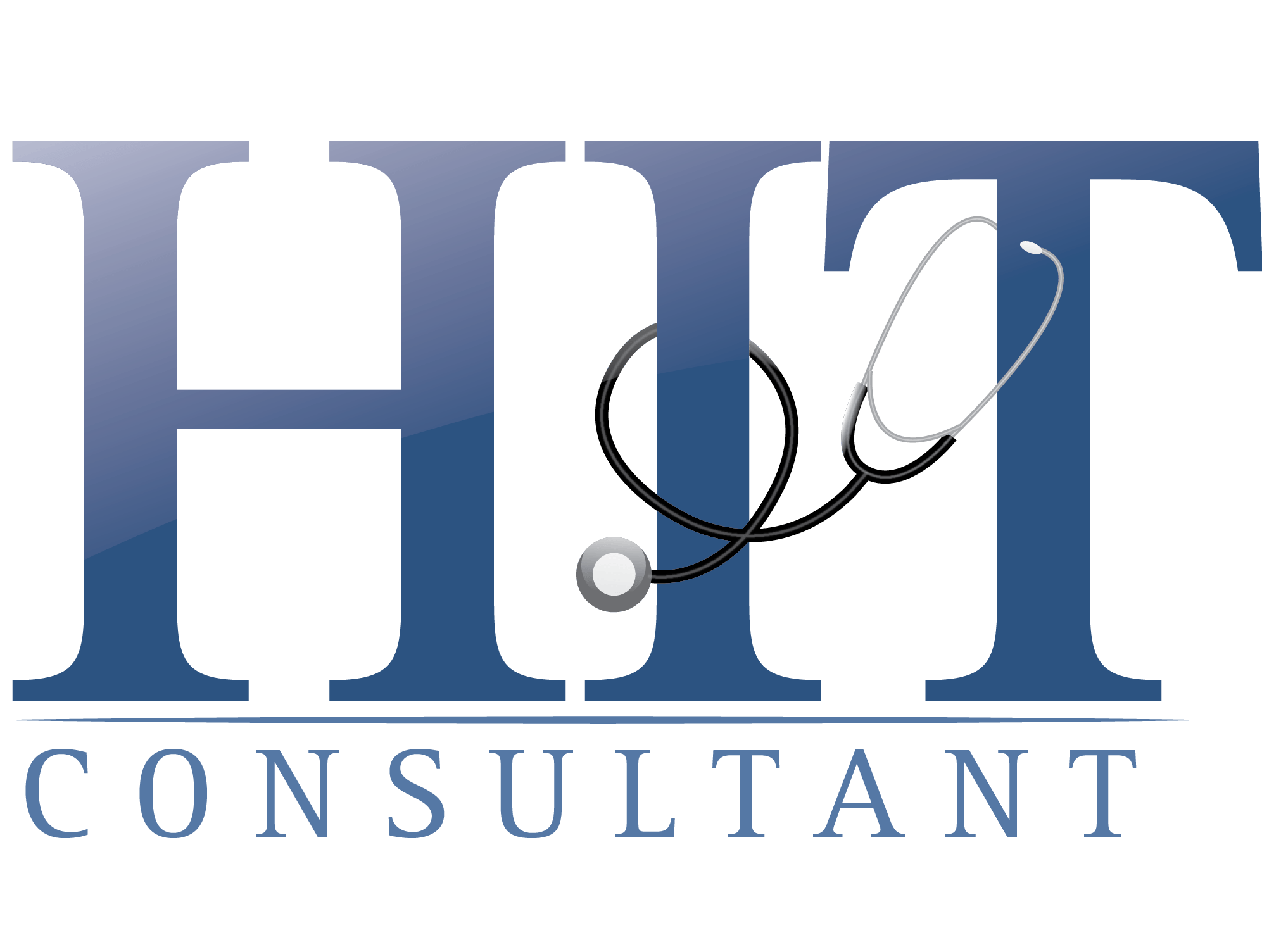
John Walton, a data expert who worked under Ross Perot, shares his insights on how organizations can successfully come together without coming undone.
Data—it’s the thread that promises to tie merging healthcare entities together, but more often than not, it can feel more like the primary source of its unraveling. So why are newly merged and acquired health organizations, particularly hospitals, feeling so threadbare?
Despite the belief that such a move will make data sharing easier, evidence to the contrary is emerging. According to Health Affairs, most hospitals are finding it nearly impossible to standardize, integrate, and consume data from the different EHR and other HIT systems hospitals use. The evidence is growing that hospital mergers are increasing operating costs and reducing care quality. It’s a grim reality that doesn’t seem to be afflicting the pace of mergers or acquisition; recent analysis found 360 transactions involving more than 2,000 hospitals.
If U.S. hospitals continue to merge with a swift yet underwhelming success, where does that leave the promises built on the backs of HIT infrastructure? The long-term outcome could lead to disaster, but luckily, there are solutions to this problem, according to John Walton, solutions architect for IT consulting company CTG.
Walton cut his teeth working for Perot Systems, where he learned from Perot how to tackle and solve problems others can’t. In this exclusive Q&A with HIT Walton shares why merger & acquisition activity must include a plan for EHR and data integration, and the broad points of his own recommended plan: a best practices enterprise analytics framework—with this in place, hospitals can avoid the decreased profitability and operational excellence that too often follows a merger or acquisition.
Q
Before we talk about your plan to fix this problem, let’s talk about why the problem exists: Despite the failures that come with mergers and consolidating resources, hospitals are still doing this in pursuit of streamlining care practices and reducing costs. If the evidence from hospitals demonstrates that the approach so far isn’t working, why does the trend continue?
Healthcare has become a very competitive enterprise, while at the same time, it is evolving into a performance-based or value-based model that requires more data sharing and collaboration. Moreover, becoming more prominent, either by merging with another health system or acquiring more facilities, is a credible way to better compete and collaborate in a value-based world. Especially with the latter; you need fewer, not more, entities to manage a patient’s health and data. So the M & A trend is one that is very much grounded in the reality of healthcare today. Where expectations clash with reality is the idea that these mergers or acquisitions will create economies of scale through mass standardization. Some costs can be cut through standardization, but the most significant cost expenditure is labor. Given that many health systems are major employers in their communities, there is understandable reluctance to cut jobs. From a patient safety perspective, you certainly don’t want understaffed hospitals, either.
Q
According to Health Affairs, some of the issues may be not adopting the same EHR systems across the organization. A survey they conducted found that 44 percent remained on different EHR systems. Why is this occurring? Is this merely an issue of cost? Also, what does it cost these hospital systems not to be on the same network? On the flip side, 31 percent have switched, and 18 percent are on the same system already, yet are there other issues with data integration that need to be considered?
There are a couple of primary reasons. One absolutely has to do with cost. EHRs are the most significant technology expenditure for many if not most hospitals, and to invest millions of dollars in a system only to prematurely discontinue it doesn’t make financial sense to them. I actually think that’s okay. You can still get to a common patient record without everyone being on the same EHR. It’s a challenge, but it can be done. To answer why data integration and sharing isn’t occurring, the simple reason is that the necessary work to assure data conformance or standardization isn’t done before the merger/acquisition, and it isn’t prioritized afterward.
That isn’t to cast a negative light on anyone who is involved in the merger. Most of these people are doubling up on their day jobs for the duration of the event. However, what we’ve seen is that there isn’t always an immediately recognized role that would head up the data conformance and data governance aspects of a merger. Often there is no clear understanding of what steps to take.
For example, if you are on separate EHRs, you need to standardize your KPI’s and underlying measures as well as the associated definitions and algorithms. That takes planning and work, including a concerted examination of where discrepancies may exist—such as how the different hospitals compute average length of stay. This kind of effort may not be your staff’s area of expertise, which is another big reason why it won’t get done, effectively, if you make it an internal responsibility.
However, without this consensus on definitions and algorithms, you can’t have a dashboard that gives a reliable, bottom line view of the operation. And believe me, CEOs and other C-Suite executives are going to want that dashboard very soon after the merger or acquisition.
Q
Can you please lay out the bullet points of your enterprise analytics framework and explain in brief detail how that would fix this merger/acquisitions problem?
Theoretically, a merger or acquisition is supposed to enhance a critical asset: information. However, if that information remains siloed and unshared, its value stays untapped. So the enterprise analytics framework is aimed at making this data a strategic asset. It’s simply distilled into three components: data architecture, data governance, and data acquisition. The data architecture conforms disparate data to standards and computes KPIs and underlying measures based on mutually approved business rules. Data governance establishes consensus on standards, while data acquisition is about where and how data will be extracted and conformed to standards.
Hospitals have struggled to operationalize these concepts and processes during the merger or acquisition event—again, in large part because of the lack of a proper role to lead the effort. Who is responsible? The Chief Data Officer? The Chief Information Officer? Sometimes the Chief Medical Informatics Officer will step in, but it’s a big lift to lay down a foundation of common data principles. However, it must be done to make integration or data sharing possible. So the advent of value-based care may be an additional impetus to do this necessary work. You need data to share risk.
Q
Can you tell me how your background, mainly working with Mr. Perot helped you form this solution and your perspective on the approach to fix this issue?
Working with Ross Perot was a formative experience in my career. He was brilliant at putting together teams, and he zeroed in on essential details that others might miss. Moreover, he expected you to come to the table prepared; you haven’t been grilled until you’ve been grilled by Ross Perot. The overall culture at Perot Systems was that failure isn’t an option. That may sound intimidating but it actually instilled confidence, early on in my career, that a dedicated team can find and implement the right solutions.
One of my most vivid memories is how we responded to a power outage at one of our data centers. The outage set off a series of delays in getting payroll data tape to a client. The client would not be able to meet payroll without this tape. Our team worked to get all the needed data together, put it on tape, and ultimately sent it to the client via Mr. Perot’s own Lear jet. And we got it there in time for the client to make payroll.
Q
With all that is outlined here in mind, what’s the key takeaway you want our readers to gain, particularly if they are part of a potential or recent merger in healthcare?
Very early in the process, create a standard blueprint of your analytics, which will drive so many objectives. It’s not rocket science to create; if it takes more than six weeks, you or your consulting partner for the merger (if you have one) are over-engineering it. Nail down the basics: these are the KPIs we need to manage the business, and here is our data management and governance strategy. The actual enterprise analytics framework is the detail behind the blueprint. It shows the end game, and that can be planned a bit later. However, your blueprint is a high-level schematic of how you will slice and dice your KPIs. You need a fundamental understanding of that even before the merger or acquisition takes place.
